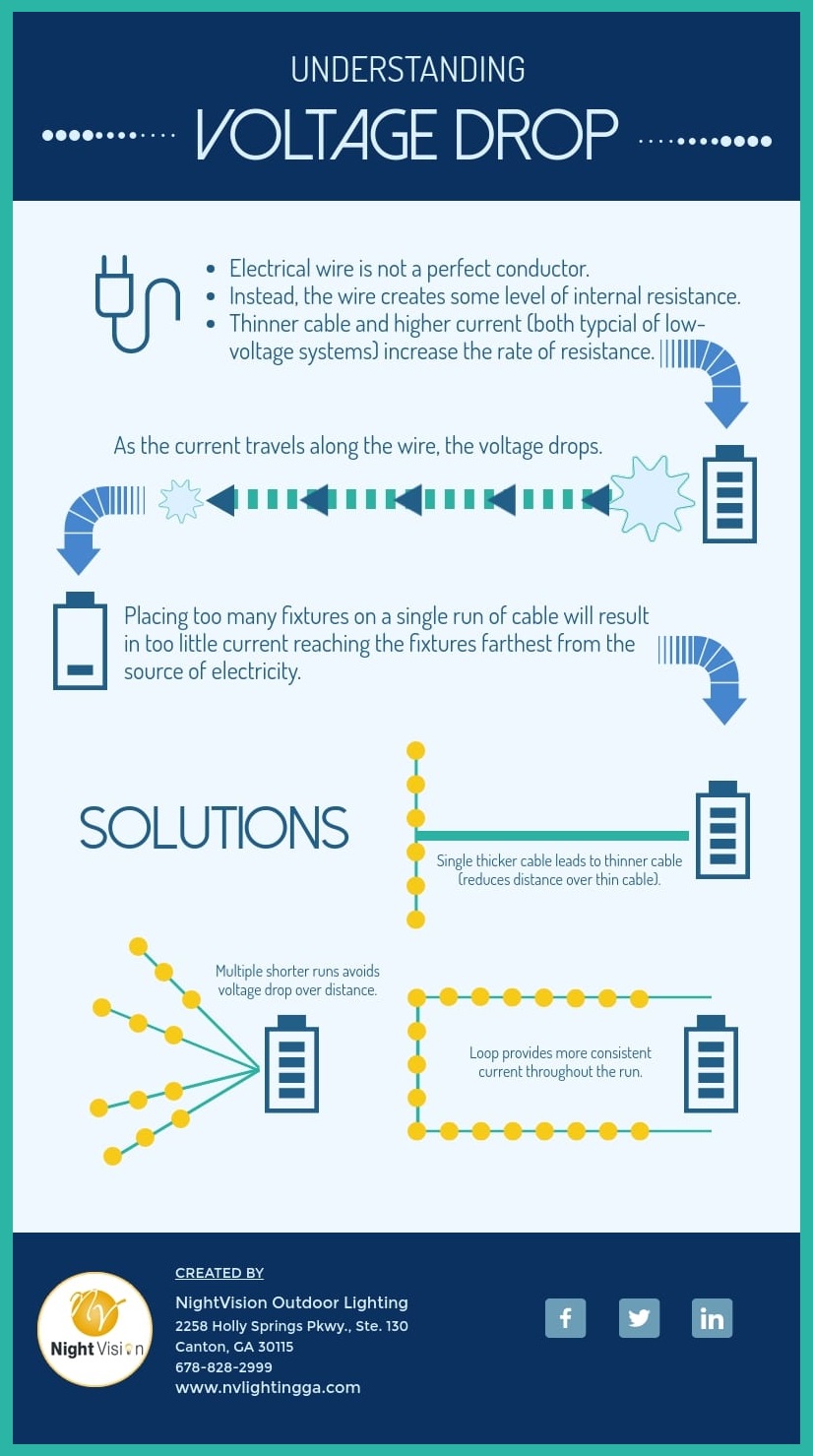How to Avoid Wiring Problems
When Installing Landscape Lights
Low-voltage landscape lighting offers a pleasant alternative to glaring floodlights.
Artfully placed outdoor lighting can look as beautiful and natural as the landscape, whether strategically positioned to accent plants and other features or safely illuminate steps and pathways.
But any installation missteps with low-voltage wiring will likely lead to a system failure somewhere down the line. Here’s a list of dos and don’ts from lighting professionals to help you avoid problems when working with low-voltage wiring.
Don’t Skimp on Wire Connectors
Less expensive wiring materials are not best for the job. For example, twist-on wire nuts, commonly used in household wiring, are not waterproof and should not be used to splice direct-buried wire. Non-waterproof wire splices can cause current to leak to ground, resulting in the controller and transformer running hot. This significantly reduces the life of the controller.

Moonlighting?
Moonlights are a type of downlighting that mimics the moon’s soft, cool natural light.
When strategically placed high up in trees and angled downward, the light peeks through the branches rather than shining directly into a specific space. Always opt for a cool-temperature white bulb for the most natural effect.
To avoid a sloppy look, plan for wire management before installation so that no cords are readily apparent. Use appropriate tree-friendly screws, spacers, and zip ties when attaching fixture wire.
Source: Volt Lighting
It’s important to use wire connectors specifically designed for direct burial. These waterproof connectors are usually filled with silicone and provide a reliable underground wire connection. They typically consist of a twist-on cap to join the wires and a silicone gel-filled sleeve to keep moisture from entering the splice.
However, these connectors are not reusable. When repairing a bad splice, you’ll want to use a new wire connector.
Do Check Your Voltage
Even with LED lighting, it’s still important to check your voltage, which should be between 10-15 volts for LED’s. Too little voltage and your lights will be too dim; more than 15 volts could short out your system.
LEDs are not very forgiving above 15 volts, as they can disable your system quickly and without warning.
Don’t Use Frayed Wire Leads
Frayed wires can result in multiple wiring issues. If only a few pairs of your stranded wire are making electrical contact, you’ll notice a voltage drop. You’ll also risk an electrical short and create a fire hazard.
Wires that are clean and straight provide the best possible connection, resulting in fewer potential issues. Some contractors solder the wire leads together to ensure sufficient contact.
Do Use a Hub System
Lighting systems most often fail at a connection point. So fewer connection points mean fewer potential problems. A typical “daisy chain” design system creates two connection points (ergo, two weak spots) at every fixture throughout the landscape.
A hub system is a better design. Having each wire linked to a central transformer eliminates half of the potential points of failure. Troubleshooting a hub system is also much easier since you only need to locate one junction box rather than individual connections.
–Article Continues Below–
Don’t Reuse Wiring
Wiring is usually the least expensive component of any landscape lighting job, but it’s also one of the most important.
Reusing wire when retrofitting or redesigning a lighting system is a temptation contractors should avoid. When you reuse wiring, you’ve taken ownership of it, so future problems become yours.
When installing new wiring, removing the old wire is not always necessary if it’s not in your way. The exception would be if the new wires cross the old wires at any point. In that case, removing the old wiring can avoid confusion down the line.
Do Bury Wires Properly
Burying the wires is your last step. Lay the system out, hook up your lights, test your voltage, and (if possible) view the results at night before burying the lines.
Run the wires along the sides of hardscapes rather than through planting beds to avoid shovel points and other potential hazards. When you do need to cross a landscape, place wiring in a protective conduit or bury it deep enough to avoid the reach of any lawn equipment.
Sources:
Featured Image: Adobe, License Granted
Irrigation & Lighting
Volt Lighting
Family Handyman
The Lighting Zone







